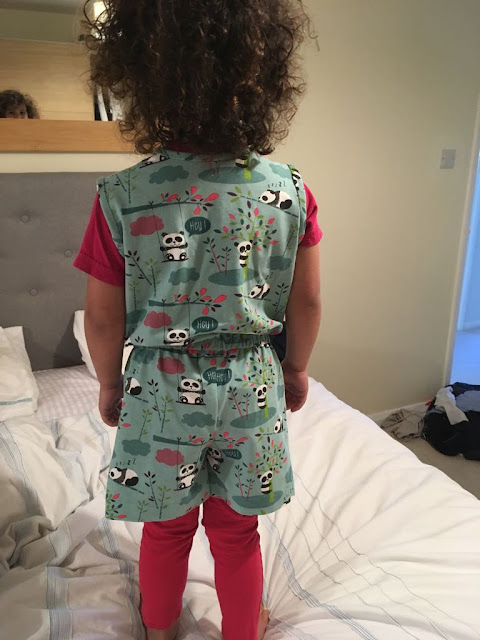If the baby is still in an incubator, with several tubes and wires, you may be better starting with Page 2, or even my Introduction Page 1, since these babies may not be ready for much clothing. But eventually, some of the tubes and wires will go, and the baby will be stronger, and it is so encouraging to the parents to finally see their little one in some clothing of their own. This little kimono garment is covered in Page 2, as it may be suitable for very premature babies, but it also works very well as the baby grows, so I'll cover it here as well.
I'll also cover some of the most important principles, so that you can decide on suitability, if you find other patterns, or even ready-to-wear clothing that is supposed to be for premature babies, but may just be small.
All clothing for premature babies should be made of very soft cotton, preferably flannel, and capable of being washed at 60 degrees centigrade. At this stage, you still want clothing that doesn't need to be wrangled over the baby's head, or their arms and legs squeezed to try and stuff them through tight sleeves or legs. And it may have to go over some tubes or wires. Ideally, the garment can be laid flat on the cot or in the incubator, the baby placed on top, and the garment wrapped around, as with the kimono above.
So for ideas for this stage in a premature baby's life, read on.
















































